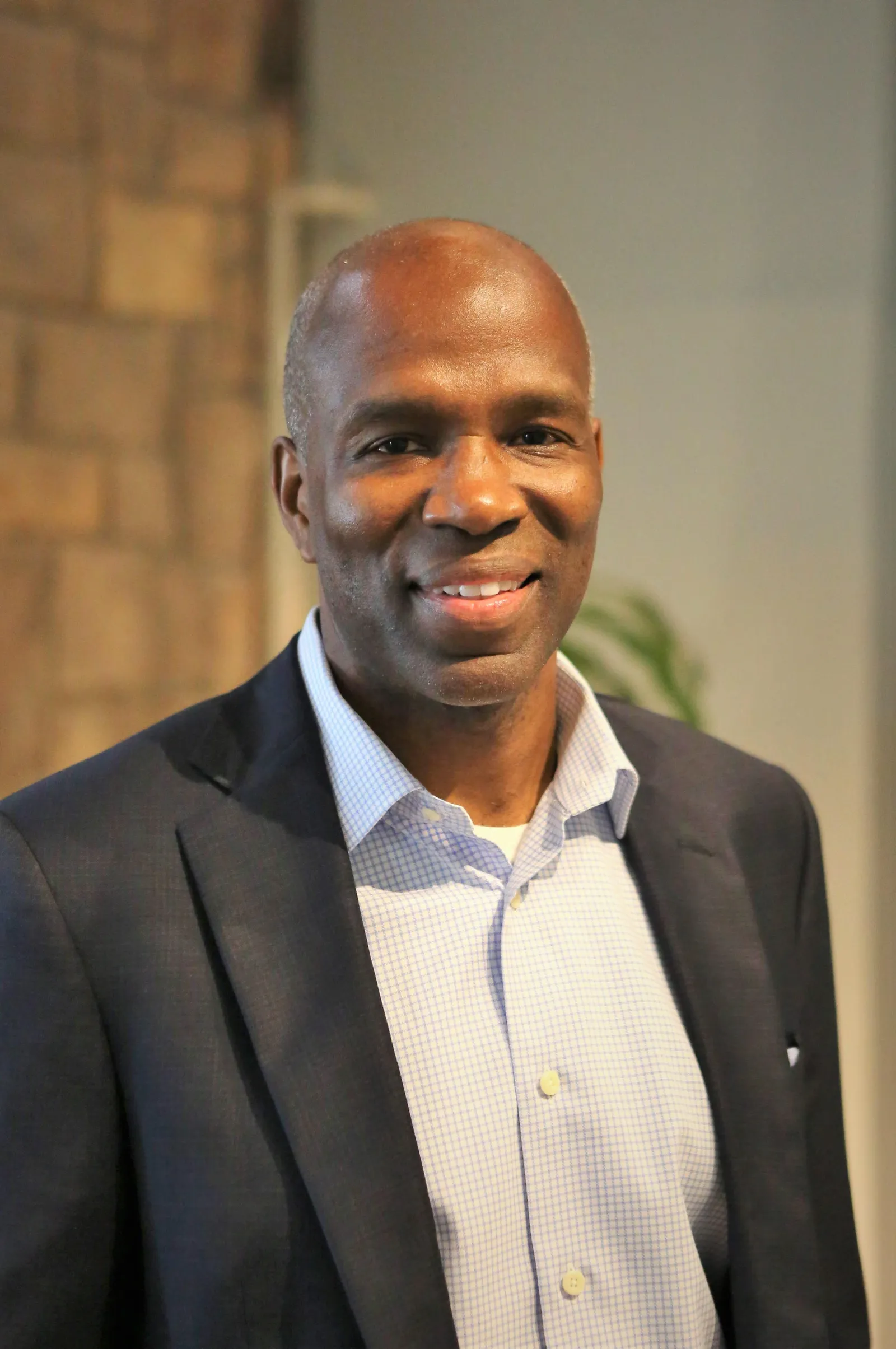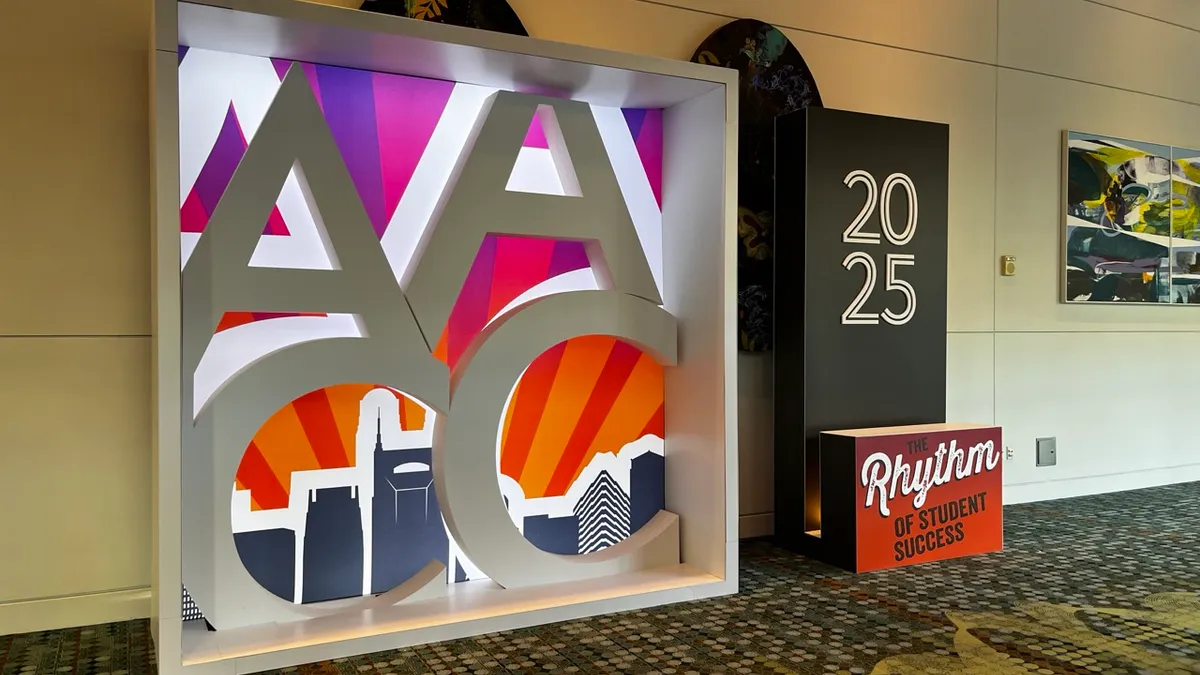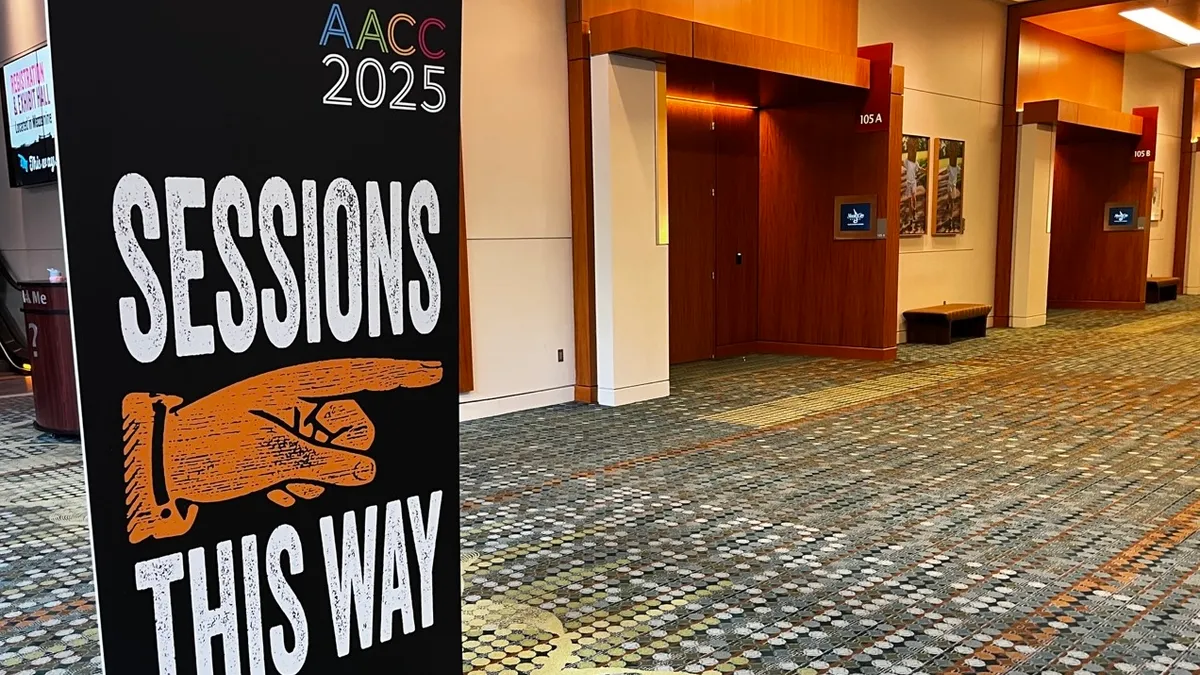The Partnership for Education Advancement, a New York City-based nonprofit, is working to connect historically Black colleges and universities with technology companies so they can access specially tailored services like artificial intelligence to boost recruitment and retention.
The organization, also known as Ed Advancement, aims to boost social mobility by supporting colleges that enroll low-income and first-generation students. Its CEO, James Runcie — former Federal Student Aid chief operating officer at the U.S. Department of Education — recently took some time to discuss the nonprofit's work and where it's headed.
This interview has been edited for clarity and brevity.
HIGHER ED DIVE: Can you tell us a little bit more about the organization?

JAMES RUNCIE: We're really focused on providing support and assistance to institutions that are focused on social mobility. And when we say support, we mean sort of infrastructure, process, operations, because ultimately that's going to have an impact on the success of students and stakeholders.
When we look at certain schools, some are relatively under-resourced, but they also deal with an under-resourced population. We're an organization that was purpose-built for this. We actually said, "How can we help these types of institutions with these demographics to have these types of outcomes?" And we said, "What kind of people do we need to create an organization that's built for this?"
And so we have higher ed administrative expertise. We have technology expertise. We have program management expertise, vendor management, procurement expertise and student success expertise.
How do you approach the work?
We realize that we can't be all things to all people, so we have sort of a three-tier service model. The first tier is we work with cohorts, multiple different solutions over multiple years to have maximum impact. That takes a lot of resources, a lot of focus. So then we have another tier, which is the network solutions tier. We build a solution, and then we use that solution across multiple different schools.
It gives us the type of ROI that you can't get when you're just working deeply with a particular school. You're building something that can help across an entire network.
And then the last part is, through the process of building network solutions and working with schools closely, we're looking to create a knowledge repository, where we capture best practices, we can hold webinars, and it's a little bit more of a self-service.
How do you decide which institutions to work with?
We've targeted HBCUs to start, and we're fully invested in that space, because they're 70-plus percent Pell, high numbers of first-generation students.
And they do really well. If you ran regression or statistical analysis and said, "How well do they perform," they're well above the line.
What, specifically, are you doing?
When you talk about scaling and ROI, you want to leverage technology. And when you think about things like the Great Resignation and turnover at some of these schools, to have a durable solution that stays there is important.
So we have a (customer relationship management) solution, for instance, where we basically created a centralized CRM working with half a dozen HBCUs, public and private. We said, "What are the requirements, what's your dream system look like?" And then we went through and built that for those schools, their demographics, their requirements.
So the school doesn't have to invest in time, resources, have the skill set and everything else. We're rolling it out to a number of schools. I think we have seven schools and will have, probably, 17 by the middle of next year.
That's sort of the inclusive design approach that we've used.
What else?
We're leveraging relationships with companies to work with them to create a culturally, emotionally responsive chatbot. It's AI driven, so it's leveraging all of the information from the school, and it's responding to questions, and it's moving students along the admissions funnel.
There's a retention component, too, where it's responding to questions and queries and moving kids along and making sure that they are on track to graduate.
You're leveraging the AI to figure out what's the best response at the right time, but we're also working with the schools themselves and students at the schools to make sure that the messages resonate.
Can you name any partners in this work?
The Yale Center for Emotional Intelligence, they're working with us.
They're looking at, "What are the scripts and responses that resonate with students?" When a student or someone asks a question, the question could, as it's structured, express stress or anxiety, loneliness. There could be something that could be addressed by one message vs. another. The content might be the same, but the way it's couched might be responsive culturally or emotionally.
We have a grant from Capital One. That grant allows us to work with (chatbot company) Mainstay, which provides the proven technology, and that's really helped.
Do you want to highlight anything about how you approach working with HBCUs?
The schools themselves, they don't have the largest endowments, so they don't have a resource pool, and they may be sort of thin with technology. Having high-level technology on a durable, sustainable basis can be expensive and can be a challenge.
And then I think the other thing is for these institutions, there's this sense of belonging, right? An HBCU experience is a unique experience, and so you have to be responsive to that type of environment. You can't take sort of generic tools and assume the generic tool or resource is going to be plug and play.
They've done incredibly well — the amount of doctors and lawyers and engineers and politicians and so forth that they've created over a sustained period of time.
Aside from better tools, do you anticipate other benefits to institutions because of these efforts?
The ability to free up resources so that the institution can have more personal relationships, mentorship coaching, or make the HBCU experience even richer.
For instance, we're looking at degree-planning software where we have a grant. On a real-time basis, you can know which courses to take, what sequence to take the courses in. That will optimize your chances of success.
Having that available to a student, it takes time off the adviser. And by the way, that's really rich information that the adviser might not even have, but now the student and adviser can have. Then the adviser can talk more about many other things, or the ratio of advisers to students can be much higher because they're doing less other stuff.
Did we miss anything?
We're focused on driving outcomes in an efficient manner and making it sustainable.
We also want to make sure that we bring HBCUs together, and so one of the things that we've been focused on is our HBCU community portal. You can check your projects. You can connect with other HBCUs.
We're going to invest a lot of resources in expanding that. The portal has been designed, and now it's filling up with content and getting folks to go to the portal when they want answers to a functional question or they may just want a connection or resource.
This is a way of bringing the community together at the practitioner level and being able to drive efficiencies and information that can help these institutions.





















